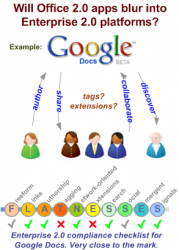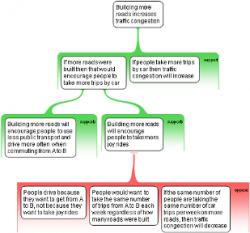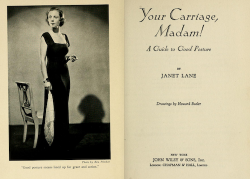
I’m teaching E 314L: “Reading Poetry” this semester, with a fantastic set of students of all levels of proficiency who really like to dig into the big issues motivating our poems. Early in the semester when we read Donne and other metaphysical poets, our classroom discussions often coalesced around two or three centers of gravity for each poem. Though opinions and readings about what the poems are up to might be divergent, we could normally, as a class, agree on a few choice passages as the cruxes for making meaning.










